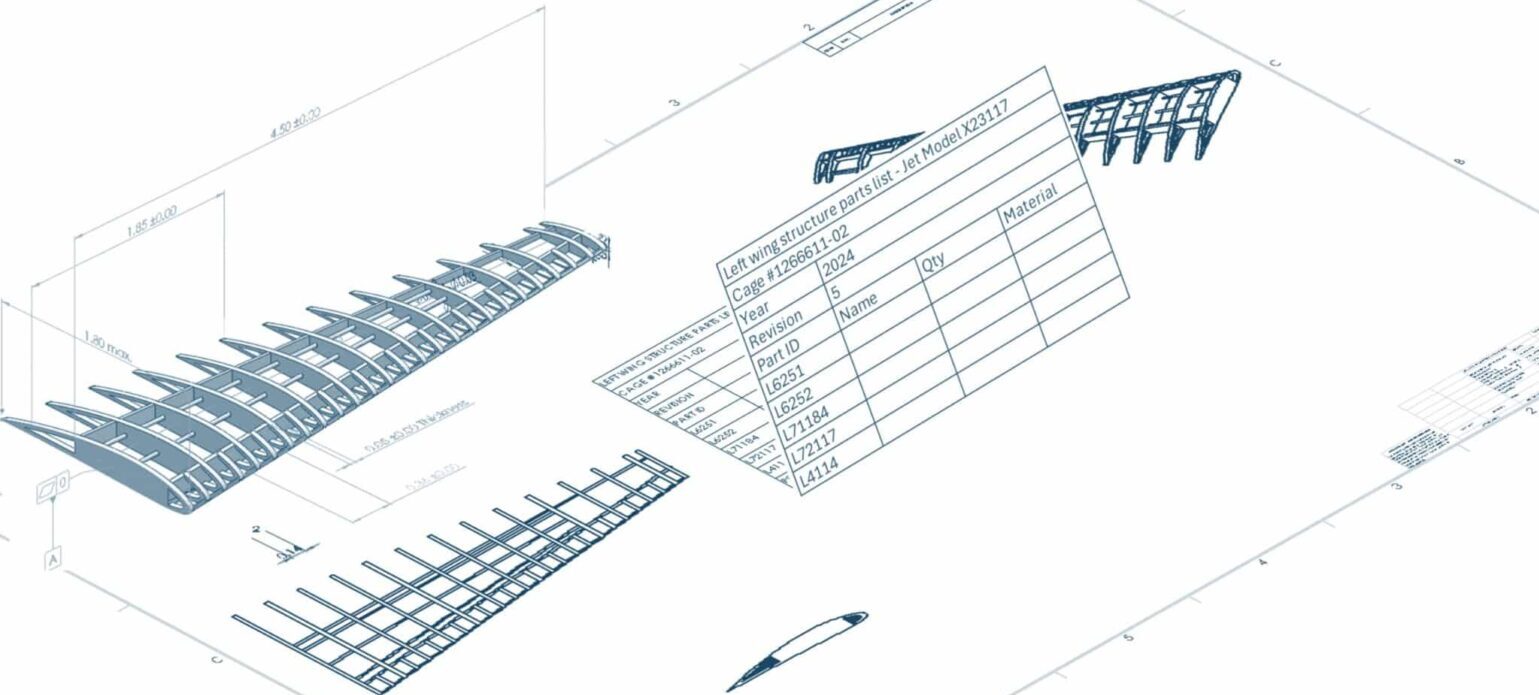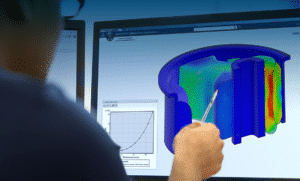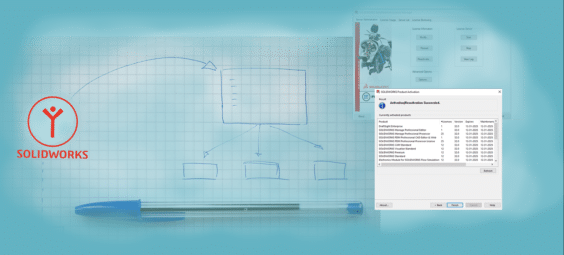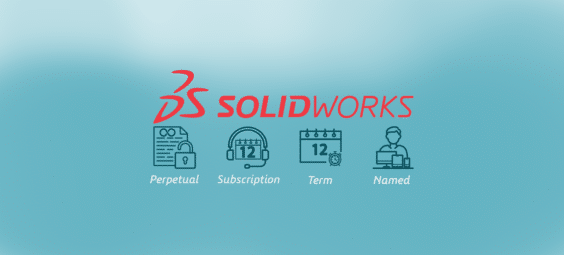In the high-stakes world of Aerospace & Defense (A&D), where precision and efficiency are paramount, traditional 2D drawings are no longer sufficient. The complexities of modern aerospace and defense products demand a new approach, one that empowers engineers and manufacturers to collaborate seamlessly, eliminate costly errors, and accelerate time-to-market. Enter Model-Based Definition (MBD), a revolutionary paradigm shift that’s poised to reshape the industry.
Imagine a world where every intricate detail of a product – from dimensions and tolerances to complex geometric specifications – is embedded directly within a dynamic 3D model. That’s the essence of MBD. It’s not just about replacing paper drawings; it’s about creating a single, authoritative source of truth that guides every step of the product lifecycle, fostering clarity, collaboration, and confidence.
MBD represents a natural evolution from the limitations of 2D drawings, which struggled to capture the nuances of today’s sophisticated product designs. Advances in 3D modeling and CAD software have paved the way for MBD, enabling a more efficient, accurate, and collaborative approach to product development. It’s a journey from the flatlands of 2D to the immersive world of 3D, where designs come alive and possibilities expand.
- Crystal-Clear Communication, Amplified Collaboration: Say goodbye to misinterpretations and costly rework. MBD’s 3D models provide an intuitive, visual language that fosters collaboration across design, engineering, manufacturing, and quality teams. It’s like having a universal translator for your product data, ensuring everyone is on the same page, from concept to delivery.
- Error-Proofing Your Designs, Ensuring Precision: Eliminate the risk of inconsistencies and translation errors that plague traditional 2D drawings. MBD ensures everyone is working from the same, accurate information, leading to higher-quality products and reduced scrap rates. It’s like having a built-in quality control system that safeguards your designs from ambiguity and human error.
- Accelerate Your Time-to-Market, Seize Opportunities: Break free from the constraints of sequential workflows. MBD empowers concurrent engineering, allowing teams to work in parallel, slashing development time and giving you a competitive edge. Imagine launching your products faster than ever before, seizing market opportunities. Studies have shown that MBD can reduce product development time by up to 50%, giving you a significant advantage in today’s fast-paced market.
- Cost Reduction Throughout the Lifecycle: Streamline your processes and optimize your budget. MBD eliminates the time and expense of creating and maintaining 2D drawings, while also reducing the need for physical prototypes. It’s a lean, efficient approach that frees up resources for innovation and growth. Research suggests that MBD can lead to cost savings of 20-30% throughout the product lifecycle, making it a smart investment for any A&D organization.
In the traditional A&D product lifecycle, documentation often acts as a bottleneck, hindering collaboration and causing delays. Studies indicate that up to 80% of a product’s lifecycle cost is determined during the design and development phase, highlighting the critical need for efficiency and accuracy at this stage. MBD addresses this challenge by streamlining communication and ensuring data integrity throughout the entire lifecycle.
- Development: MBD fosters collaboration between design and engineering teams, reducing design iterations and accelerating concept validation. This can lead to time savings of 20-30% in the development phase.
- Production: MBD data seamlessly integrates with manufacturing processes, eliminating manual interpretation of 2D drawings and reducing errors on the shop floor. This can result in productivity gains of 10-20% and a significant reduction in scrap and rework costs.
- Sustainment: MBD models provide a comprehensive, up-to-date source of information for maintenance and support activities, enabling faster troubleshooting and reducing downtime. This can translate to cost savings of 15-25% in the sustainment phase.
The impact of MBD extends far beyond the design and engineering phases. It seamlessly integrates with downstream processes, revolutionizing manufacturing and quality assurance:
- Machining & CNC: MBD data can be directly fed into CNC machines, eliminating the need for manual programming and reducing the risk of errors. This translates to faster production cycles, improved accuracy, and reduced scrap rates.
- Quality Inspection: MBD models enable automated inspection processes, using coordinate measuring machines (CMMs) and other advanced technologies to verify compliance with specifications. This ensures consistent quality, reduces inspection time, and minimizes the risk of non-conforming products slipping through the cracks.
In the fast-paced world of Aerospace & Defense, digital transformation isn’t just a buzzword; it’s a survival imperative. MBD is the key to unlocking the full potential of Industry 4.0, enabling the seamless flow of data across the entire product lifecycle – from concept to deployment and beyond. The digital thread, a continuous stream of information that connects every stage of the product journey, is the backbone of this transformation. MBD, with its single, authoritative 3D model, forms the foundation of the digital thread, fostering collaboration, traceability, and data-driven decision-making.
For DoD clients and the broader A&D industry, MBD offers even more compelling advantages. It ensures compliance with stringent regulatory requirements, streamlines complex supply chains, and facilitates the management of long product lifecycles – crucial in an industry where products often remain in service for decades. In an industry where precision, reliability, and accountability are paramount, MBD provides the tools to meet these challenges head-on.
The adoption of MBD is propelled by a constellation of evolving industry standards, including:
- Mil-STD-31000A: The Department of Defense’s Technical Data Package (TDP) standard, championing the use of 3D models and MBD for efficient data exchange and lifecycle management.
- ASME Y14.41: The Digital Product Definition Data Practices standard, providing a comprehensive roadmap for MBD implementation, encompassing data formats, GD&T practices, and annotation requirements.
- ASME Y14.47 & ISO 16792: These standards extend MBD practices further, offering guidance on integrating MBD into a holistic product lifecycle management approach and ensuring global interoperability.
- ISO 10303 (STEP) & QIF (Quality Information Framework): These standards enable seamless data exchange and communication across different software platforms and manufacturing processes, ensuring that your MBD data flows effortlessly throughout your enterprise and beyond.
- ASME Y14.5 & MIL-PRF-28000: These standards provide the foundational principles and symbols for defining tolerances and geometric characteristics within MBD models, as well as outlining the requirements for data delivery and management in DoD acquisitions.
These standards, along with the increasing complexity of A&D products and the relentless push for digital transformation, have made MBD an indispensable tool for any organization seeking to thrive in the modern landscape.
MBD is more than just a technology; it’s a catalyst for innovation, efficiency, and competitive advantage. By embracing MBD and aligning with industry standards, your organization can unlock the full potential of digital transformation, achieving greater agility, innovation, and success. It’s time to break free from the limitations of the past and embrace the future of product development.
In Part 2 of this blog series, we’ll dive deep into SOLIDWORKS MBD, exploring its features, capabilities, and how it can revolutionize your product development process. We’ll also compare SOLIDWORKS MBD to traditional 2D drawings and examine the concept of the technical data package within an MBD context. Get started with “Design and Documentation Beyond Just Drawings”.
Don’t miss out on this opportunity to transform your organization. Stay tuned for Part 2 and prepare to elevate your product development to new heights!



